For over 200 years, invasive plant species have wreaked havoc on Toronto’s green spaces. While the City continues to combat them, these unwelcome guests crop up time and again, damaging native plant habitats and preying on struggling, existing species.
City staff and contractors work to find which manual or chemical solutions need to be used, and try to predict where the species might develop in abundance next. Invasions can spring up in many of Toronto’s natural sites, but ravine, slope, and stream areas are especially susceptible to invasive species developing and wrecking the ecosystems already in place. Here are five plants on Toronto’s invasive species most wanted list.
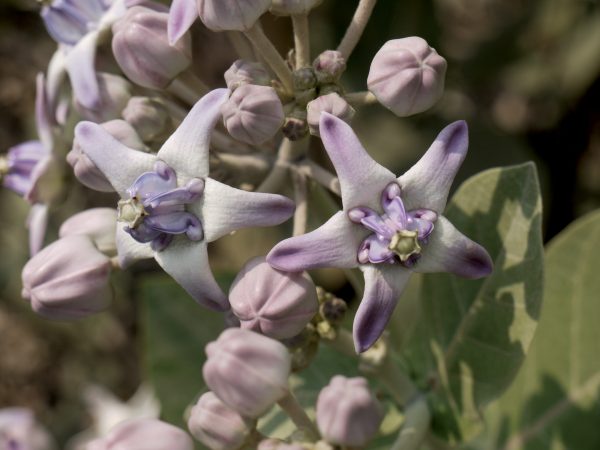
Dog-Strangling Vine
Cynanchum rossicum & Cynanchum louiseae
One of the oldest invasive species in Ontario, the perennial dog-strangling vine originates from Eurasia where it was initially known as the swallow-wort, and first laid its roots in Toronto during the 19th Century. Many people used it as a decorative garden plant but soon discovered its almost aggressive natural ability to grow up trees and create long trails along the ground. Since it eventually grows in almost a carpet formation and does not require much sunlight to spread around a given surface, the dog-strangling vine drives off other native plants or trees. It also threatens animals and insects since its foliage is toxic for dogs or cattle to eat, and butterflies that lay eggs on its leaves have larvae that do not hatch correctly.
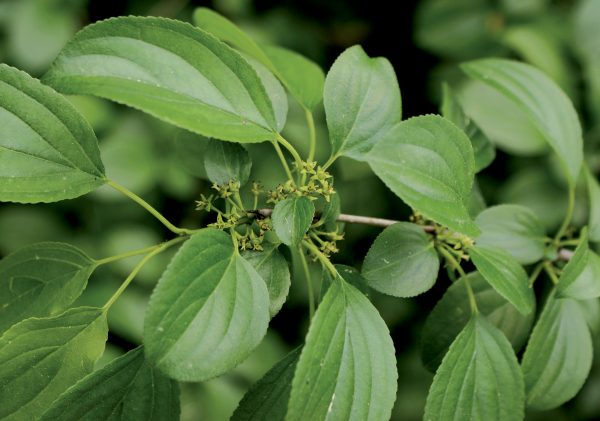
European Buckthorn
Rhamnus cathartica
Like the dog-strangling vine, the European buckthorn (or common buckthorn) traces its roots to Eurasia, and arrived in North America thanks to colonists seeking a decorative shrub for their homes. However, this robust green bush can adapt to a variety of soil types and grow in a clump fashion that takes up the space of what originally grew in that area. What’s interesting about the buckthorn is how it spreads: birds eat its fruit and, in the process, carry its seeds around Toronto, where they germinate with relative ease and are eventually found growing alongside riverbanks and roadways. It’s also a host plant, as its leaves are good habitat for crown and leaf rust fungi, along with soybean aphids, all of which can damage local plant crops and garden plants.
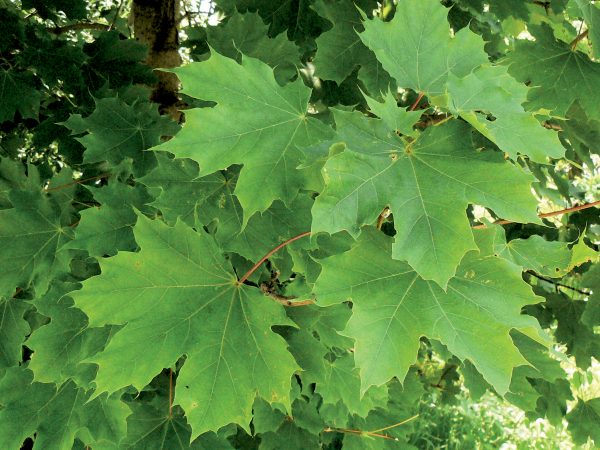
Norway Maple
Acer platanoides
Another two-century old invasive species in Toronto, the Norway maple is distinct from other Toronto-based maple trees like the sugar maple. It is most notable for producing a large canopy of shade when its leaves mature. However, this canopy can inhibit the growth of any other plants below it. Many universities that research the Norway maple and its impact on Toronto note the rapidity in which it grows, how quickly it spreads its seeds and how it drives off other native species that once occupied its growing space. The Norway maple has some its greatest prevalence in the Don Valley–Evergreen Brick Works area, where studies have shown that over 90 per cent of the trees are Norway maple species.
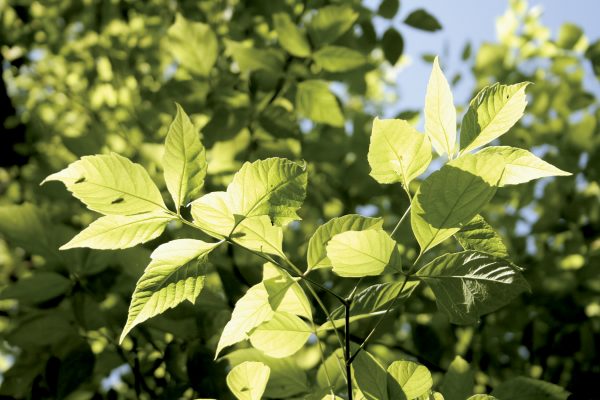
Manitoba Maple
Acer negundo
Outside Ontario, the Manitoba maple is a non-threatening tree species. It can provide animals and insects with a home and food. Like the maples native to Ontario, it produces a winged seed that falls off its branches annually. In the Prairie provinces, it is even tapped to make maple syrup. However, their presence in Toronto isn’t as prized. Like so many of its invasive counterparts, the Manitoba maple can grow in so many Toronto areas and ruin the existing green life already there. What’s more, the Manitoba maple isn’t a robust tree, even when it’s fully grown. After heavy storms or precipitation accumulation, the branches often fall and the tree disintegrates, leaving a literal mess around homes and nature areas.
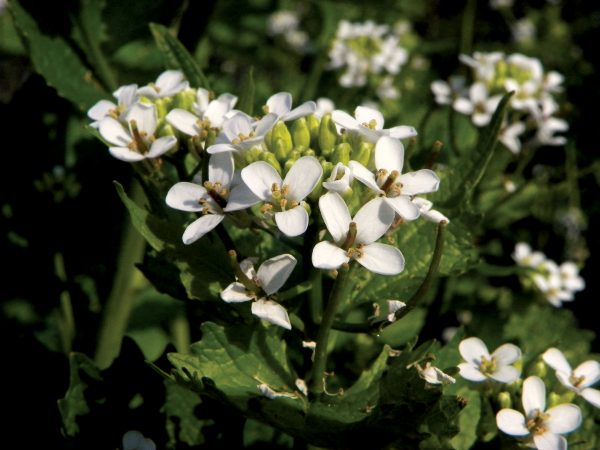
Garlic Mustard
Alliaria petiolata
There was a time when garlic mustard was a favoured herb. It produces a smell akin to garlic and its leaves are high in vitamins. However, its presence in Toronto green areas has grown to huge proportions and caused several issues in the process. Its ability to produce over 60,000 seeds per square metre — which later generated new clusters of its offspring — can drive off everything from drooping trilliums to wild hyacinth and Hoary Mountain-mint. Branded a key nuisance amongst other Toronto plants, garlic mustard can also grow in clumps, with stems over a metre high. As an added touch, garlic mustard can survive a typical Toronto winter and begin blooming again in the spring, producing more mustard plants thereafter.
 This story originally appeared in Spacing’s issue 46, spring 2018.
This story originally appeared in Spacing’s issue 46, spring 2018.

